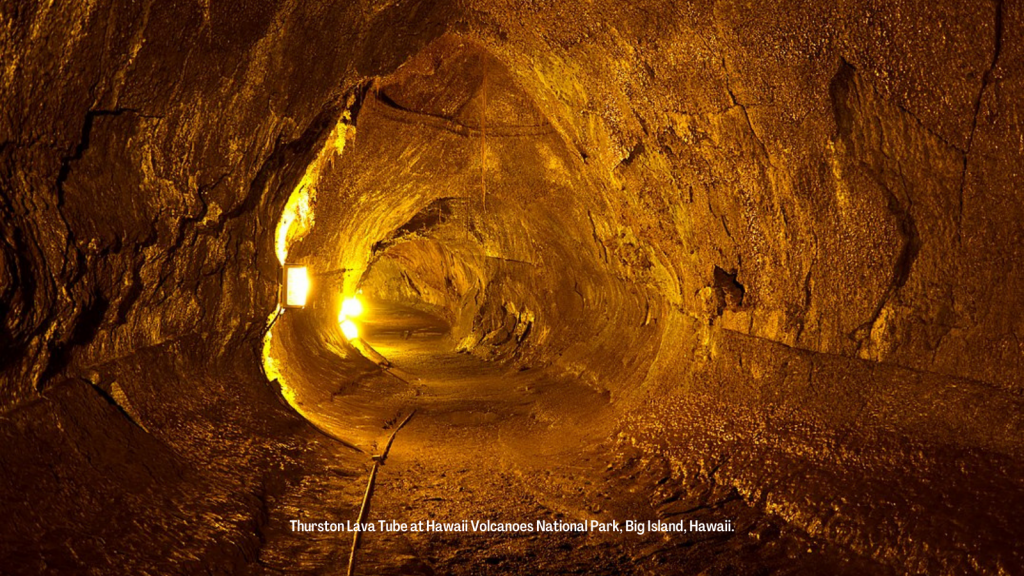The search for life has been at the forefront of planetary exploration for as long as we have been studying the cosmos. From the earliest missions to Mars, spacecraft have been searching for signs of life, but no conclusive evidence has yet been found. Astrobiologists, scientists that study the possibility of life beyond Earth, suggest that maybe we are looking in the wrong place!
In their paper published in the journal of Planetary and Space Science, Dr. Richard Léveillé and Dr. Saugata Datta review everything that has been studied so far on this subject. They provide some explanations for why we have not yet found evidence of life on Mars, and where to look instead.
Many planets, like Mars, are hostile environments, plagued by extreme temperatures, radiation, and corrosive chemicals. Life and its remains would not likely survive for long. This is especially true on Mars, whose thin atmosphere and lack of protective magnetic field result in a surface environment constantly bombarded by radiation. Toxic compounds in the soil, namely compounds called perchlorates, are harmful to humans and many other living things.
Considering these challenges, Léveillé and Datta suggest venturing to a yet unseen part of the planet: underground. Mars, like Earth, is a rocky planet with a history of active volcanoes, who would have created extensive networks of caves when they erupted. We call these caves “lava tubes”, which are generally formed when the outer surface of a lava flow cools faster than the inside. The resulting cave is protected from harsh surface conditions, and as a result offers a unique place to search for life on Mars.
Organisms that lived in Martian caves could leave behind remains that we can detect. The cave would act as a time capsule, protecting these signs of life until we discover them. We call these remains biosignatures, which can include many things, from unique chemicals to fossils. This is why organizations like the National Academy of Sciences and NASA have flagged lava tubes as a target for future missions searching for life on Mars.
Lava tube caves have already been found on Mars, primarily by teams studying satellite imagery. Most lava tubes are found in regions that used to be volcanically active. Lava tubes exist on Earth as well, however they don’t last more than a few tens of thousands of years on Earth due to weathering and erosion. The low gravity and colder temperatures of Mars are much gentler to geologic formations. As a result, Mars may host lava tubes that are much older than those on Earth.
These Martian caves may be so old, in fact, that they could date back to when Mars’ environment was more similar to ours. Many scientists believe that Mars was once warm and wet, and therefore caves that formed during this period could preserve minerals or even organisms that existed back then.
On Earth, lava tubes foster a unique microbial life, appearing as biofilms, slimes and minerals excreted from microbes. These organisms can exist even in the darkest regions of these caves, surviving solely on chemicals present in rocks. As they live, they leave behind waste and other clues of their presence. By studying Mars-like caves on Earth, such as those near volcanoes, we learn about how Martian life might survive, and what to look for in order to find it.
Léveillé recommends a sequence of actions to prepare to send missions to Martian caves. First, we must identify more entrances to Martian caves, via satellite imagery or ground-faring sensors, such as the WISDOM Ground Penetrating Radar (GPR) on the ExoMars rover.


